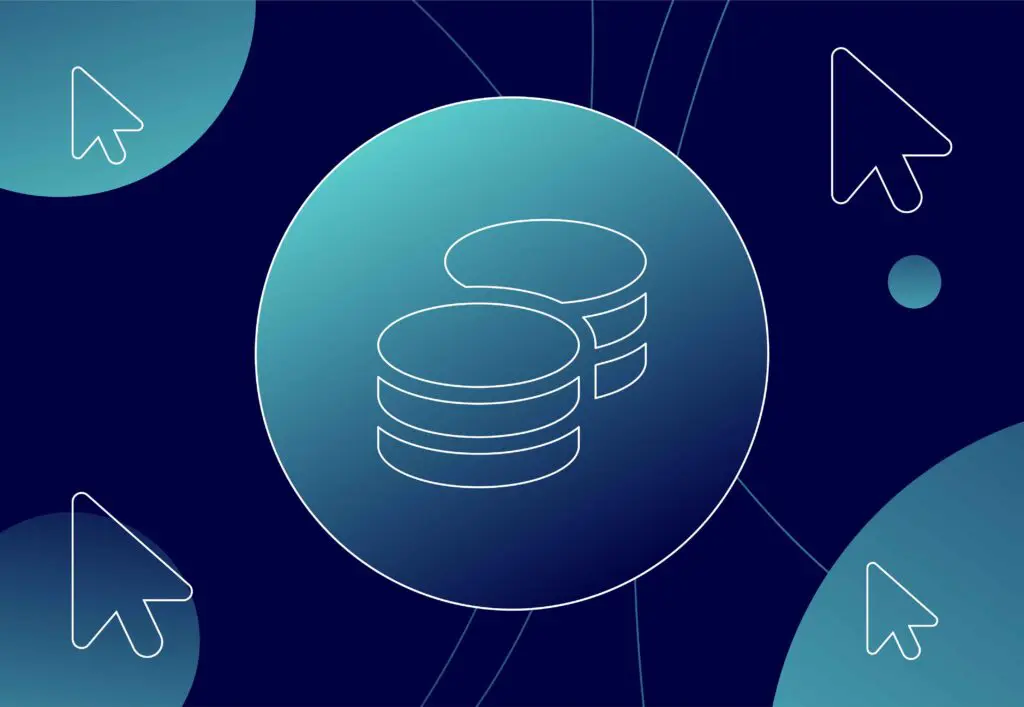
Paid, organic and direct – What’s the difference?

Paid vs organic vs direct traffic – what’s the difference between them all?
We’re glad you asked.
Sure, any traffic to a website is good, but there may be specific ones that make better sense (and results) for certain businesses.
In this blog, you’ll get advice from some of Embryo’s very best SEOs and PPCers to help you understand that difference between various search types so you can reach your business goals.
So, shall we get stuck in some traffic?
Paid vs organic vs direct traffic – What do they all mean?
Before we start discussing the differences between the various types of search traffic, let’s make sure we’re all in the same lane.
Paid search traffic comes from search engine results but is due to paid advertising – most likely from Google Ads.
Organic search traffic again comes from search engine results but it is due to organic SEO ranking factors, rather than being bought.
Direct search traffic more often than not comes from users directly typing the website into a search engine.

Essentially, the difference between them is in the name: PPC – or pay per click – means it costs you money to get paid traffic, organic search traffic comes, well, organically, and direct traffic comes from users that know exactly what they want and from where.
What’s the difference between direct, paid, and organic search traffic?
Sure, the source of the traffic is a big distinction between different types of website search traffic, but that’s not the only thing.
|
Differences |
Paid traffic | Direct traffic | Organic traffic |
|
User Intent |
Users searching for a specific brand/ product. | Users already have knowledge of the brand/ product. | Users searching for a specific brand/ product. |
| Cost | Monetary cost of bidding on keywords to appear in search results. | Time and sometimes monetary cost of brand-building and marketing. | Time cost to find keywords and create content. |
| Value | Short-term gains for businesses. | Brand recognition and loyalty of customers. | Long-term sustained visibility. |
| Predictability | A few months of learning before a deeper understanding and reliability, but not 100%. | More steady thanks to brand loyalty. | Results can easily fluctuate with competitors, keyword difficulty, and Google updates. |
| Signs of success | A high ROAS and CTR. | Strong brand awareness and a loyal, returning customer base. | Pages ranking for multiple keywords and increased leads/ conversions. |
As you can see, there are benefits to all of the different types of search traffic, so how to know which is right for your business needs?
Let’s hear from Amy Leach, Organic Lead at Embryo:
“Understanding your channel mix and the key acquisition channels for your business is crucial. You also need to understand what stage of the journey each of your users is at, and determining that through channels is extremely important
“For example, if you’re creating content to target those within the ‘exploration and evaluation’ stage of a customer journey, they’re most likely going to reach you through organic means.
“Yet, if you’re gaining various brand traffic after doing external marketing materials, direct will be on the rise. Finally, if you’re looking at high purchase intent users, then you’re most likely going to focus on your paid traffic acquisition.
“Your channels need to work together, in order to show up and have a positive affluence for users in all stages of the purchase journey. They can’t ever be working in silo.”
Can I find out what search website traffic I’m getting?
Great question.
Within Google Analytics you can find out not only how much traffic your website gets, but where it comes from.
Top tip: When creating your report, make sure to set up tracking for traffic sources.
All you have to do is:
- Go to Reports
- Click on Acquisition
- Click on Traffic Acquisition

When on the traffic acquisition page, you could also discover the number of:
- Users
- Sessions
- Engagement rate
- Engaged sessions
- Engaged sessions per user
- Average engagement time per session
- Events per session
- Event counts
- Conversions
- Total revenue
Plus, you can also find out how users click on your site as well as which days had high volumes of traffic.
Having this information allows you to make more educated business decisions.
How so?
Let’s hear from Thomas McGuigan, PPC Account Manager at Embryo:
“The traffic acquisition page helps show how your traffic is interacting with your business on multiple levels, which ultimately helps identify areas of improvement.
“For instance, distinguishing between sessions and engaged sessions helps you ascertain the percentage of users visiting your website that are spending a healthy amount of time on the website and not just clicking onto the website and immediately bouncing.
“If the number of engaged sessions is noticeably low compared to the number of sessions, it could indicate that there is either some sort of issue with the page people are landing on, or that there’s an issue with the targeting that is bringing in irrelevant traffic.
“Following on from this, seeing a low events per session figure could indicate that there is something wrong with the offering or service that is putting off users converting once they get the full details featured on the landing page.
“This continues on throughout the traffic acquisition page, where there are a variety of metrics like the above that help analyse your website performance to shine a light on different aspects of your marketing efforts.
“Using the traffic acquisition page then becomes an essential tool to see where your overall offerings are showing signs of poor performance, whether that’s your targeting, website, offerings, or any other variable.”
Stuck in traffic? Best keep reading…
- Why is target audience important?
- Facebook ads vs Google ads: What’s the difference?
- The organic search landscape in 2024: What senior marketers need to know
How do I make sure my channels work together to get the best results?
As previously mentioned, it is essential that paid, organic, and direct traffic channels work together, rather than individually.
Why?
Well, there are a number of reasons, the main ones being:
- Ensuring different channels target different keywords
- Reduction of PPC spending as Organic ranks for keywords
- A combined approach to reach different audiences
Embryo’s PPC Lead, George Noon, explains how Organic and PPC can work simultaneously.
The easiest way to ensure your channels work together?
An integrated marketing campaign.
How Embryo balanced paid vs organic vs direct traffic to drive online conversions by 87%
The Inn Collection Group came to Embryo to expand its customer reach through organic vs paid traffic.
We decided a multi-channel marketing approach would be best to acquire customers from different stages of the user journey.
Therefore, our teams worked together closely to create a strategy that resulted in:
- 143.6% increase in ranking keywords
- 10.3% return on ad spend
- 21.9% increase in new users
- 87% increase in conversions
- 166% increase in clicks

Zoe Cooper, Digital Marketing Manager at The Inn Collection Group, says:
“From the very start, Embryo understood our goals, and their campaigns have exceeded our expectations. We’re delighted to work with the team and look forward to furthering our success.”
Get ahead of the traffic with an integrated marketing campaign from Embryo
We hope this blog has shown you that when it comes to paid vs organic vs direct traffic, they should be working in conjunction with each other, rather than opposing.
This is because they all have their own benefits that could positively impact any business – when utilised correctly.
Something that Embryo’s marketing experts know exactly how to do.
We’ve helped numerous businesses – will you be next?


